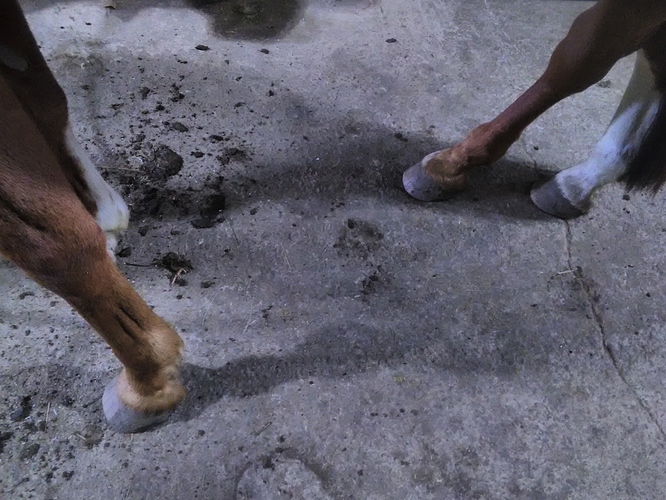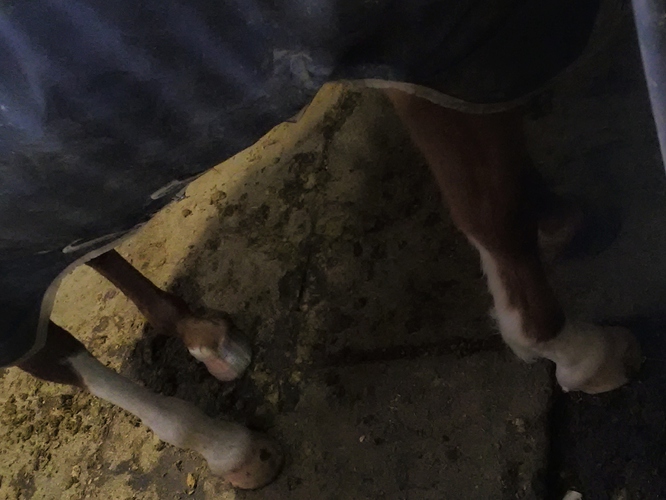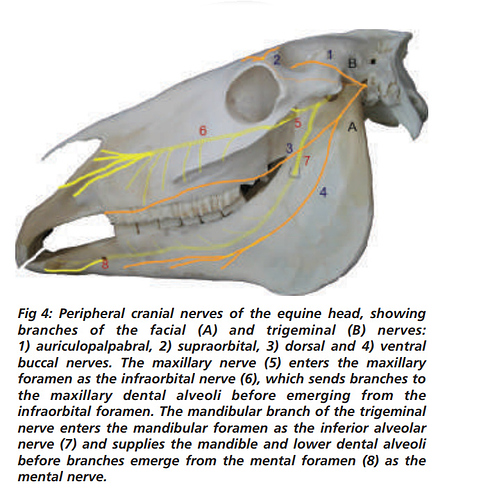Hey all, long time lurker here and rarely ever a participant.
I’ve been down a very long path this last year with my mare trying to figure out what’s been going on with her and through a second opinion I got a devastating statement saying her spinal cord at the C6 is being compressed and that shes likely only walk trail safe.
For backstory she’s off-track and mainly did jumpers and the occasional eventing show. It wasn’t until late 2020 I had her neck X-rayed which indicated minimal arthritis in her C4-5, 5-6, and 6-7 which I opted not to inject just because based off that the vet recommended it probably wasn’t going to make a difference with how minimal it was. Never revisited it again until now, fast forward to 3 years later I retake X-rays after I have had continuous issues under saddle this winter. Headshaking, unpredictable and explosive behaviour, and numerous other things that was unlike this mare but I chalked it up to how bad this winter was that maybe the weather was just causing a lot of issues.
With these new X-rays it was noted this time that she has small osteophytes at the ventral margins of the C3-4 articular processes. The C5-6 articular processes are mildly enlarged, The C6-7 articular processes are mildly to moderately enlarged, partially obscuring the intervertebral foramina at this level. The ventral tubercles of both transverse processes of C6 are transposed to C7. The vet suggested neck injections, which I followed through and that’s about it. Nothing was said about being neurological or ECVM or anything else. Just to inject and “see what happens”.
So with all that being noted and some things I’m actually not too sure what it means, I ended up getting a second opinion who told me that she has a “step” in her neck at C6, AKA her spinal cord is being pinched and it’s wobblers. After I learned this I was told she should never be jumped and is only walk-trail/pleasure safe. Another thing that was mentioned was the osteophytes(bone spurs?) is pressing on the spinal cord and where the trigeminal nerve connects from the spine and runs to the face which is most likely the reason for the headshaking that I’ve had a lot of troubles with trying to get the vets believe that I’m not crazy about it.
With all this venting being done and to do a TLDR; what’s everyone’s experiences with a “I’ve never seen this horse take a neurologic step” wobblers horse? is it just a horse with a ticking time bomb of neuro issues waiting to come unglued? Quite honestly I’m completely lost with this whole situation and I just need an outlet to rant at this point but I would very much appreciate anyone’s input or advice.

 So many jingles for you and your mare!
So many jingles for you and your mare!

